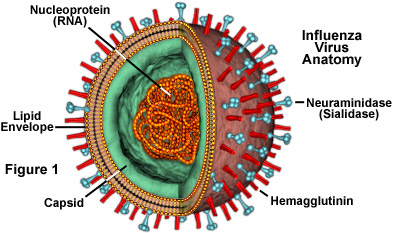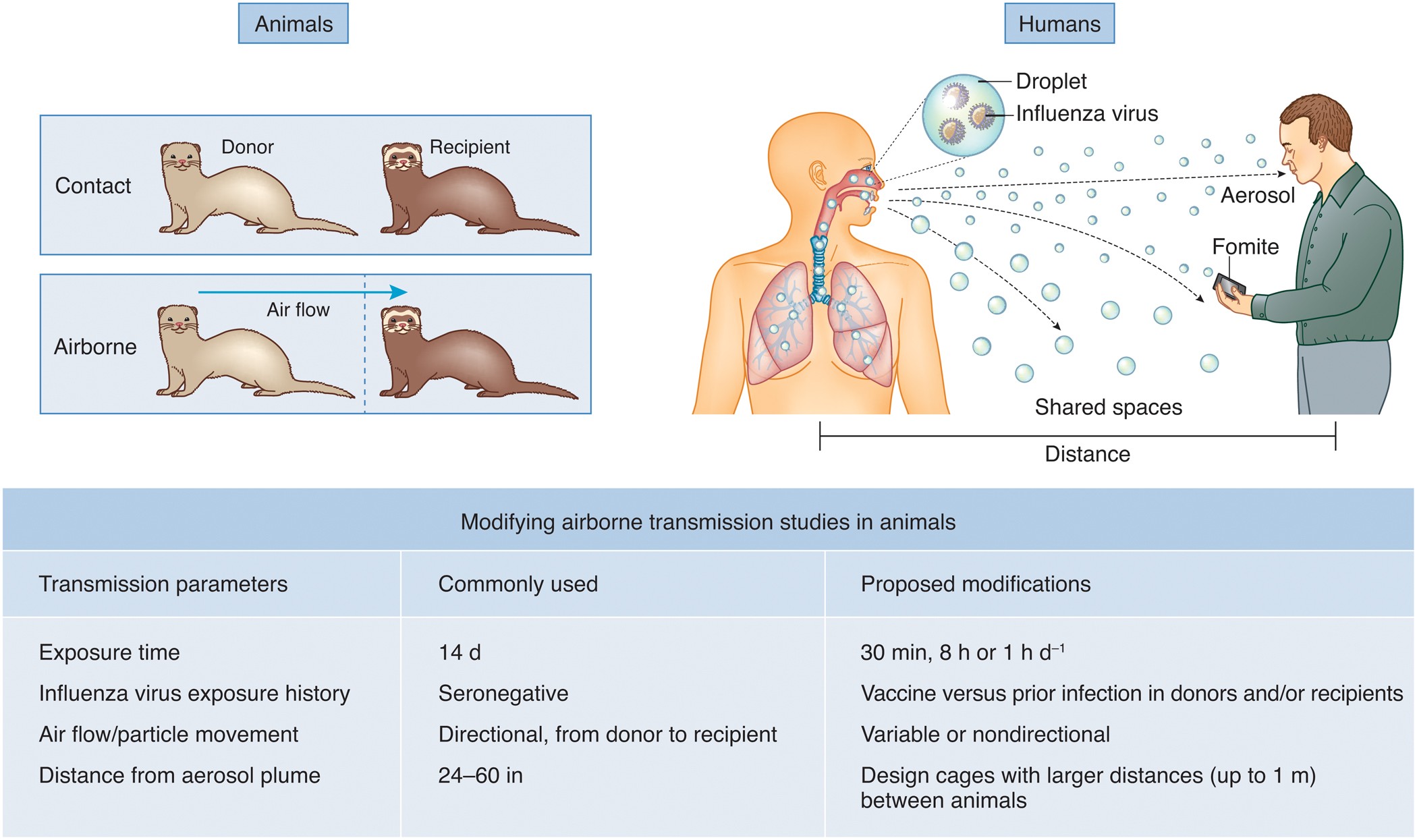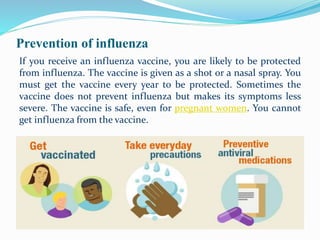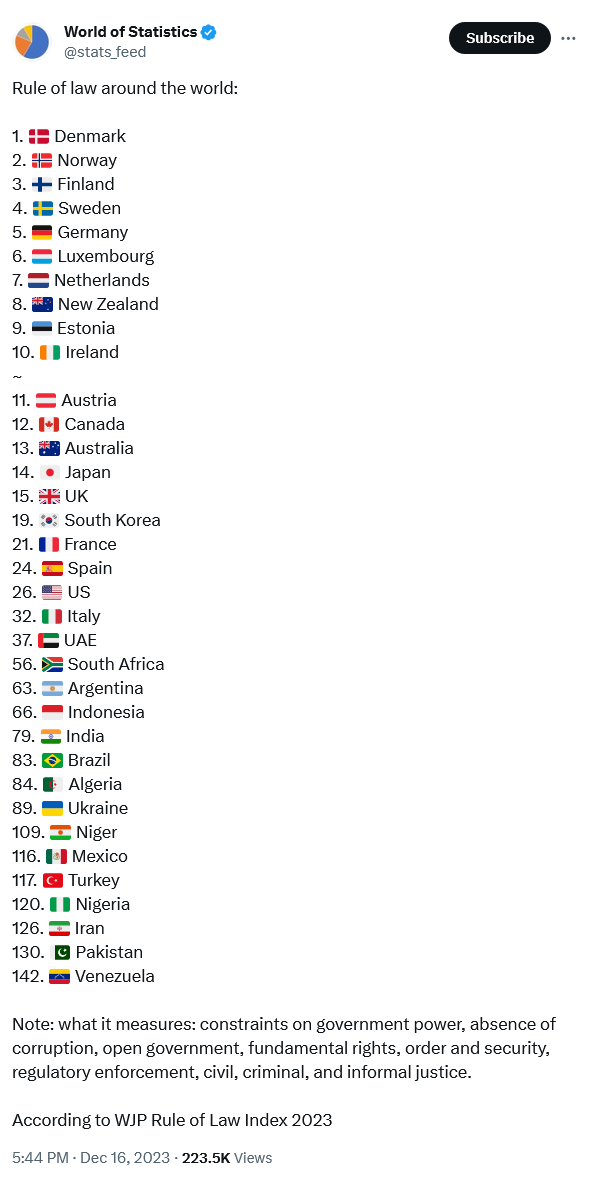Explore the enduring impact of influenza, from a devastating pandemic in 1918 to the ongoing challenges of mutation and vaccination. Delve into the virus's structure, transmission, symptoms, and the relentless pursuit of a universal flu vaccine.
#InfluenzaChronicle #FluVirusHistory #VaccineDevelopment #PublicHealthChallenge
Influenza, commonly known as the flu, stands as a pervasive respiratory disease affecting millions worldwide. This infectious ailment, more prevalent in fall and winter, has a historical footprint dating back to the 16th century. The infamous 1918 Spanish flu pandemic, claiming 50 million lives, serves as a stark reminder of influenza's ability to mutate and wreak havoc.
Structure and Classification: Belonging to the Orthomyxoviridae family, influenza viruses are categorized into three types: A, B, and C. Influenza A, the most widespread, infects both humans and animals. Subtypes, defined by surface proteins (hemagglutinin and neuraminidase), lead to classifications like H1N1 and H3N2. The virus, minuscule at 100 nanometers, comprises an outer lipid envelope housing glycoproteins crucial for cell attachment. The viral genome, consisting of eight RNA segments, resides beneath.
Transmission and Infection: Transmitted through respiratory droplets, influenza infects via inhalation or surface contact. Its viability on surfaces complicates prevention. Upon entering the respiratory tract, the virus exploits host cells, replicates, and spreads. Symptoms include fever, cough, fatigue, and muscle aches, posing severe risks for vulnerable populations.
Treatment: Self-medication for mild symptoms is common, but antiviral drugs are prescribed for severe cases.
Prevention and Vaccination: Preventing influenza proves challenging due to viral mutation. Vaccination, recommended annually for various groups, reduces infection risk and severity. The vaccine, tailored to expected strains, faces efficacy variations. Ongoing research aims for a universal flu vaccine targeting protected virus areas, providing a more resilient solution.
Conclusion: The battle against influenza persists, necessitating effective vaccines, improved surveillance, and enhanced pandemic preparedness. As we navigate the future, the need for ongoing research and vigilant public health measures remains paramount.














